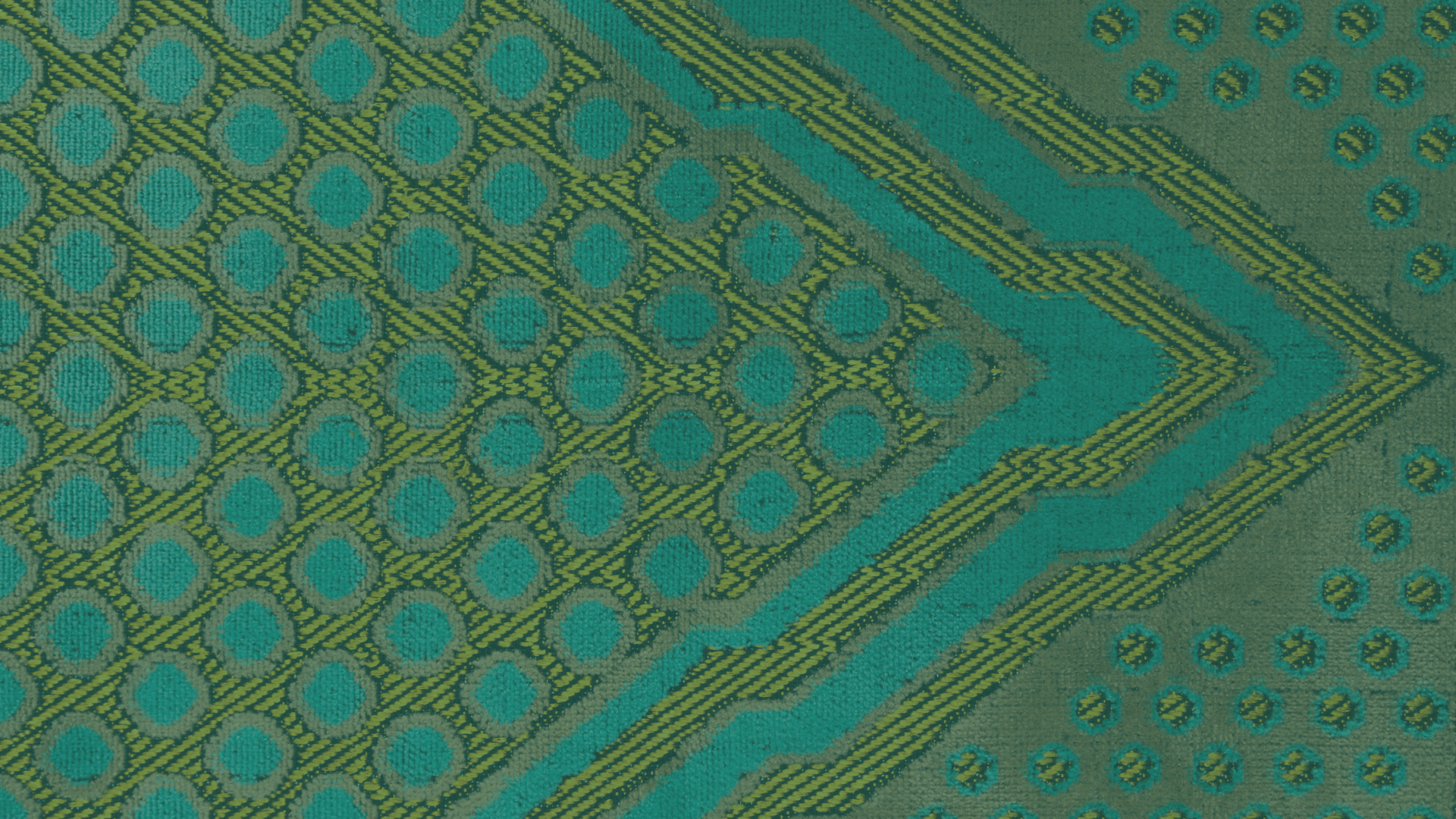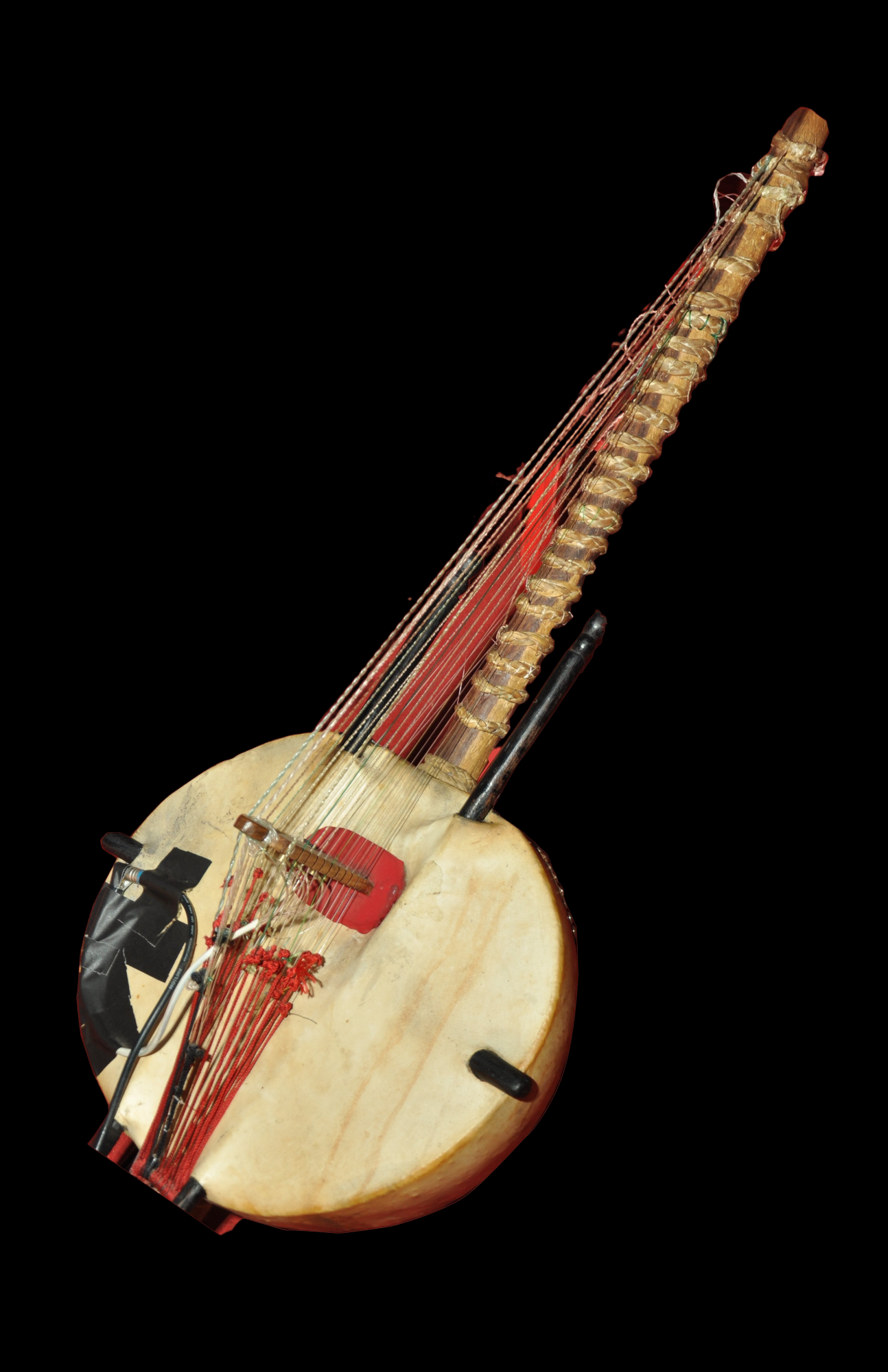
Virtual Program

Instruments of the Evening:
A Closer Look
Kora
The kora is a unique West African instrument made from a gourd resonator covered with cow skin and a long hardwood neck. It typically features 21 strings arranged in two ranks, supported by a double bridge, classifying it as a hybrid between a harp, guitar, and lute. Traditionally played by jali families, who are oral historians, the kora produces sounds akin to a harp or guitar, using polyrhythmic plucking techniques. Originating in the Gambia, it is also prevalent in Mali and Senegal.
Setar
The setar (Persian: سهتار, or “three strings”) is a type of lute used in Persian traditional music, played solo or as an accompaniment to the voice. It belongs to the tanbur instrument family, and has a range of over two-and-a half octaves. Originally a three-stringed instrument, a fourth string was added in the mid-19th century by Mushtaq Ali Shah. The strings are grouped into three courses, allowing musicians to play as if dealing with three distinct groups rather than four individual strings.
The setar is strummed with the index finger of the right hand.
Although it is speculated to have originated in Persia in the 15th century, some scholars suggest it may date back to the 9th century.
Cajón
The cajón (Spanish for "box") is a percussion instrument from Peru, played by slapping its front or rear faces. Primarily used in Afro-Peruvian music, it has also been adopted for use in flamenco music. Made from wood, the cajón features a striking surface called the tapa and a sound hole at the back. Originating in the late 19th century, it evolved from African instruments adapted by enslaved people using available materials. The cajón gained popularity through ensembles like Perú Negro and was introduced to Spain by guitarist Paco de Lucía. It was declared a part of Peru’s National Heritage in 2001.

Nash Baroque Ensemble & Dance Through Time
Emperor of the Moon • June 6–8
Experience a pastiche of Baroque music, dance, pantomime, and puppetry with the esteemed Nash Baroque Ensemble and Dance Through Time in Emperor of the Moon. This celebrated collaboration transports audiences to ca. 1705 London, showcasing the music of renowned composers like Henry Purcell, John Blow, and John Eccles, performed by the acclaimed soprano Bethany Hill and a skilled period instrumental ensemble. Accompanied by original 18th-century dance choreographies, this enchanting journey explores the redemptive powers of love amidst a world where madness and reason collide. Join us for an unforgettable adventure filled with the rich sounds of the Baroque era.
Secret Byrd • July 17–18
Join us for an immersive concert at Grace Cathedral, honoring the 400-year legacy of William Byrd, presented by award-winning British vocal ensemble The Gesualdo Six and the Bay Area’s own Wildcat Viols, in collaboration with Concert Theatre Works. Directed by Bill Barclay, Secret Byrd brings to life the profound spiritual intensity of Byrd’s music in a stunning candlelit setting.










